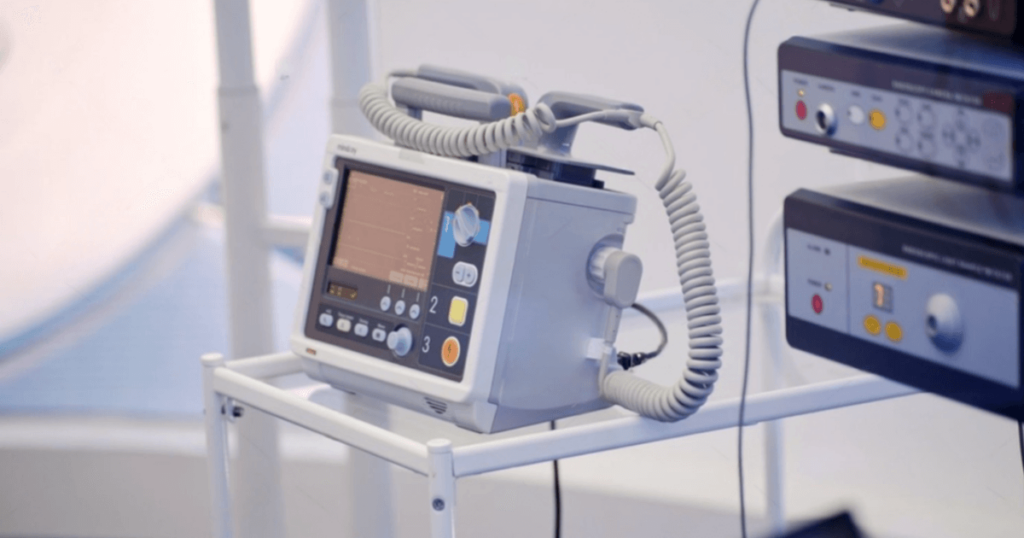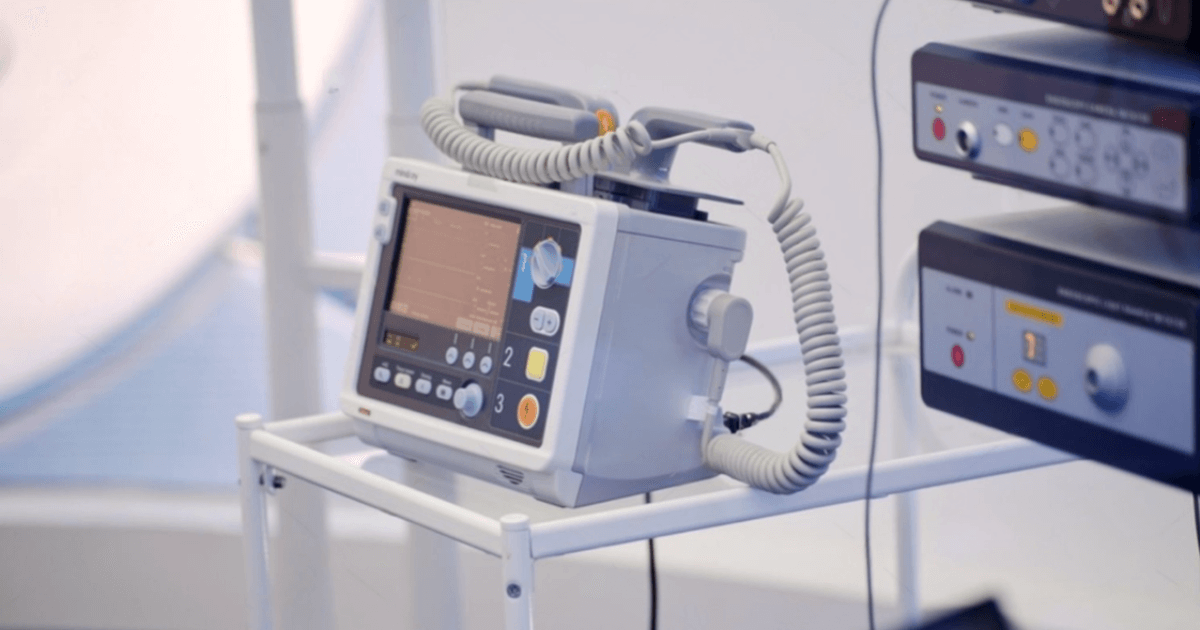~4 minutes read time

Maintaining the LifePak 15 defibrillator ensures it remains a reliable and essential tool in emergency medical situations. Regular maintenance and performance checks not only extend the lifespan of the device but also guarantee its readiness in critical moments. Following the operating instructions and performing preventive maintenance routines are key to this process. The LifePak 15 should always be kept in optimal working condition to provide dependable support during emergencies. Key practices include keeping the device connected to auxiliary power whenever possible to maintain battery charge levels and ensuring at least one battery is always installed. Utilizing durable mounts, such as the LifePak 15 mount from Rowland Emergency, can provide stable and quick access during critical care scenarios.
Implementing these tips enhances the performance and reliability of your LifePak 15. Proper orientation and understanding of its features will empower medical personnel to use the device efficiently. This attention to detail can make the difference between a successfully handled emergency and a chaotic situation.
Key takeaways
- Maintenance ensures reliability.
- Keep the device always charged.
- Use durable mounts for stability.
Optimizing Device Performance
To maintain the LifePak 15 for optimal performance and reliability, it is essential to focus on regular
maintenance and testing, as well as the adoption of effective operation procedures.
Regular Maintenance and Testing
Consistent preventive maintenance is crucial in ensuring that the LifePak 15 operates reliably during emergencies. Scheduled replacement items such as cables and connectors should be inspected routinely to prevent unexpected failures.
The device self-tests and service mode features should be utilized to identify and resolve potential issues early. Ensuring the capacitor discharging procedure is followed correctly can prevent damage to the defibrillator. A comprehensive troubleshooting chart is valuable for quickly addressing common problems.
Battery maintenance is another critical aspect. Regularly check battery charge levels and replace batteries as needed to prevent power issues during critical moments. Maintaining the equipment through these preventive steps aids in extending the life of the LifePak 15.
Effective Operation Procedures
Understanding the modes of operation of the LifePak 15 is essential for effective use. In AED mode, the device automatically assesses the patient’s condition and advises if a shock is needed. In manual mode, the user has more control, such as during synchronized cardioversion or manual defibrillation.
Clear communication of device status through service/status features and indicators helps in timely decision-making. When using manual mode therapy procedures, always comply with the alarms and warnings to ensure patient safety.
Operators should be familiar with all controls and buttons, ensuring they can swiftly respond to any situation. Adhering to these effective operation procedures ensures the device delivers therapy accurately and efficiently, boosting the success of lifesaving interventions.
Understanding and Utilizing Features
The LIFEPAK 15 monitor/defibrillator offers extensive monitoring and defibrillation capabilities alongside advanced features and accessories to support critical patient care. This section explores key aspects to maximize the device’s functionality and performance.
Monitoring and Defibrillation
The LIFEPAK 15 monitor/defibrillator integrates numerous monitoring options like ECG, SpO₂, and noninvasive blood pressure (NIBP) to provide detailed patient data. ECG monitoring enables the capture of 12-lead ECGs, crucial for diagnosing cardiac issues. The SpO₂ sensor measures blood oxygen levels, while NIBP ensures continuous blood pressure tracking.
For defibrillation, the device supports both manual defibrillation and synchronized cardioversion. The shock advisory system guides the user through AED mode, enhancing ease of use.
The QUICK-COMBO therapy cable facilitates rapid attachment of electrodes. Pediatric ECG monitoring allows users to track young patients effectively. Additionally, the device’s capacity for monitoring invasive pressure and vital sign trends ensures comprehensive patient assessment.
Advanced Features and Accessories
Advanced features such as SpCO and SpMet monitoring aid in detecting carbon monoxide and methemoglobin levels, respectively. These parameters are vital in specific emergencies like smoke inhalation. The LIFEPAK 15 features bookmarks and home screen customization for quick access to frequently used functions, improving efficiency.
Data management is simplified through options like data transmission and code summaries. This enables seamless information sharing with other healthcare systems. The device’s paddle accessory options offer flexibility in delivering defibrillation therapy.
For enhanced reliability, the QC therapy cable ensures consistent therapy delivery. The ability to track ST segment trends supports continuous cardiac monitoring, crucial during and after interventions. Proper utilization of these features can significantly enhance patient outcomes.
Conclusion
Regular maintenance of the LIFEPAK 15 is essential for its reliable performance and longevity. Follow routine checks and cleaning procedures as recommended to prevent unexpected malfunctions.
Scheduled inspections and troubleshooting tips can significantly reduce downtime and ensure the device is always ready for critical situations. By staying vigilant with upkeep, users can trust the LIFEPAK 15 to deliver optimal results when needed most.

